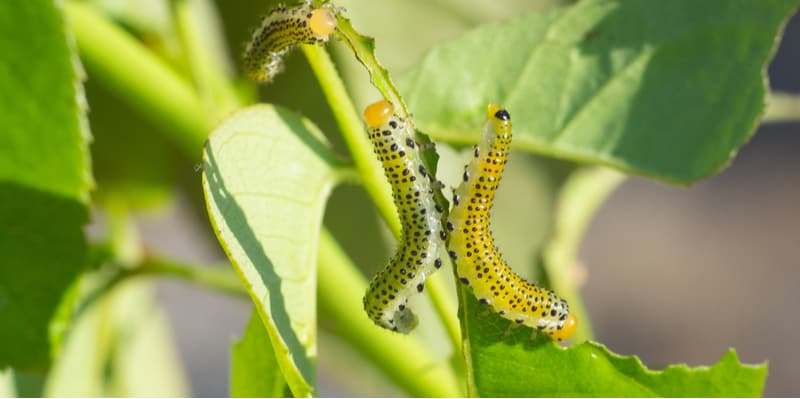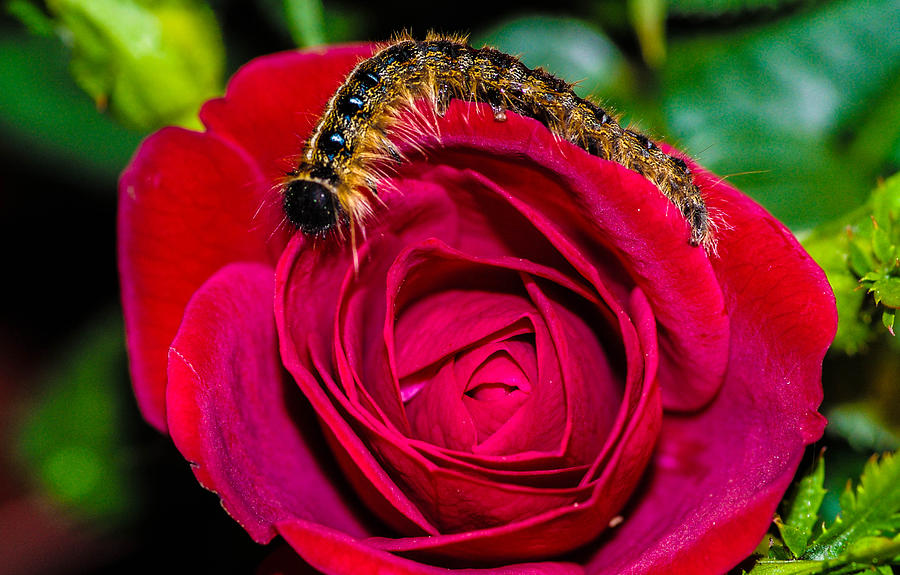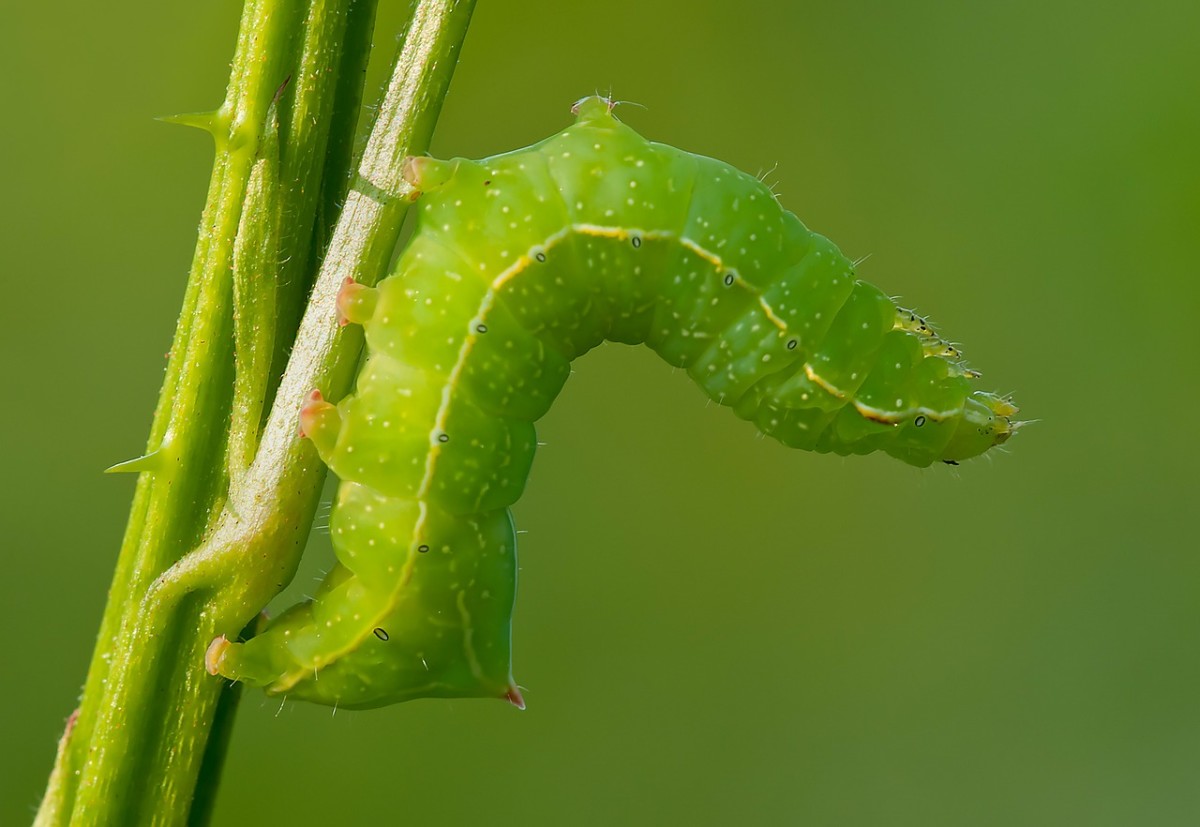The Silent Destroyers: Uncovering the Threat of Tiny Green Caterpillars
Rose gardens are often considered a symbol of beauty and tranquility, but beneath the surface, a silent threat may be lurking. Tiny green caterpillars on roses can cause significant damage to these delicate plants, leaving them weakened and vulnerable to disease. These pests may be small, but their impact can be devastating, making it essential to identify and manage them early on. Failure to do so can result in the loss of entire rose bushes, leaving gardeners heartbroken and frustrated. In fact, tiny green caterpillars on roses are one of the most common and destructive pests affecting rose gardens, making it crucial to take proactive steps to protect these prized plants.
What Are These Tiny Green Caterpillars and How Do They Harm Roses?
Tiny green caterpillars on roses are the larvae of various butterfly and moth species, including the rose chafers and rose sawflies. These pests undergo a complete metamorphosis, consisting of four life stages: egg, larva, pupa, and adult. The larvae, which are the most damaging stage, feed on rose leaves, flowers, and buds, causing significant damage to the plant. The caterpillars’ feeding habits can lead to defoliation, reduced plant growth, and increased susceptibility to disease. In severe cases, tiny green caterpillars on roses can even kill the plant. Understanding the biology and behavior of these pests is crucial for effective management and control.
How to Inspect Your Roses for Tiny Green Caterpillars
Regular inspection is crucial for detecting tiny green caterpillars on roses early, when they are most vulnerable to control methods. To inspect your roses, start by examining the plants during the peak growing season, typically from spring to fall. Look for signs of infestation, such as holes in leaves, flowers, or buds, as well as the presence of frass (insect droppings) or eggs on the underside of leaves. Gently shake the plant over a white sheet of paper or a light-colored surface to dislodge any caterpillars, making them easier to spot. Inspect the plant’s stems, leaves, and flowers carefully, paying attention to areas where leaves meet stems or where new growth is emerging. Repeat inspections every 7-10 days to ensure that any newly hatched caterpillars are caught early. By monitoring your roses regularly, you can identify tiny green caterpillars on roses quickly and take prompt action to prevent further damage.
Organic and Integrated Pest Management Strategies for Controlling Tiny Green Caterpillars
When it comes to controlling tiny green caterpillars on roses, organic and integrated pest management (IPM) approaches offer effective and environmentally friendly solutions. One strategy is to introduce beneficial insects, such as lady beetles or lacewings, which prey on tiny green caterpillars. Another approach is to use neem oil, a natural insecticide that disrupts the caterpillars’ hormone systems, preventing them from molting or reproducing. Practicing good garden hygiene is also essential, as it helps reduce the risk of infestation. This includes removing weeds, debris, and infested plants, as well as disposing of any fallen leaves or flowers that may harbor tiny green caterpillars. Additionally, maintaining a healthy rose garden through proper watering, fertilizing, and pruning can help prevent infestations. By combining these organic and IPM strategies, rose gardeners can effectively manage tiny green caterpillars on roses without resorting to chemical pesticides.
Chemical Control Options for Severe Infestations
In cases of severe infestations of tiny green caterpillars on roses, chemical control options may be necessary to prevent significant damage to the plants. Insecticides such as Bacillus thuringiensis (Bt) and spinosad can be effective in controlling tiny green caterpillars. Bt is a bacterium that produces a toxin that kills caterpillars, while spinosad is a natural insecticide that affects the caterpillars’ nervous system. However, it is essential to use these chemicals judiciously and only as a last resort, as they can also harm beneficial insects and contaminate soil and water. Additionally, it is crucial to follow the label instructions and take necessary precautions to avoid exposure. It is also important to note that chemical control methods may not be as effective in the long run, as tiny green caterpillars can develop resistance to insecticides. Therefore, it is recommended to combine chemical control methods with organic and integrated pest management strategies for a more sustainable and effective approach to managing tiny green caterpillars on roses.
Preventing Future Infestations: Tips for Maintaining a Healthy Rose Garden
To prevent future infestations of tiny green caterpillars on roses, it is essential to maintain a healthy rose garden. One of the most critical steps is to provide optimal growing conditions for rose plants. This includes ensuring they receive adequate sunlight, water, and nutrients. Pruning rose plants regularly can also help prevent infestations by removing any infested or damaged leaves and stems. Additionally, fertilizing rose plants with a balanced fertilizer can help promote healthy growth and reduce the risk of infestation. Another crucial step is to maintain good garden hygiene by removing weeds, debris, and infested plants, which can harbor tiny green caterpillars. Regularly monitoring rose plants for signs of infestation and taking prompt action can also help prevent the spread of tiny green caterpillars on roses. By following these tips, rose gardeners can reduce the risk of infestation and create a healthy and thriving rose garden that is less susceptible to tiny green caterpillars.
Common Mistakes to Avoid When Dealing with Tiny Green Caterpillars
When dealing with tiny green caterpillars on roses, it is essential to avoid common mistakes that can exacerbate the problem. One of the most critical mistakes is ignoring the problem, hoping it will resolve itself. However, tiny green caterpillars can cause significant damage to rose plants if left unchecked, leading to reduced growth, defoliation, and even plant death. Another mistake is using ineffective control methods, such as using broad-spectrum insecticides that can harm beneficial insects. Failing to monitor rose plants regularly is also a common mistake, as it can lead to delayed detection and treatment of infestations. Additionally, neglecting to maintain good garden hygiene, such as removing weeds and debris, can create an environment conducive to tiny green caterpillar infestations. By avoiding these common mistakes, rose gardeners can effectively manage tiny green caterpillars on roses and protect their plants from damage.
Conclusion: Protecting Your Roses from Tiny Green Caterpillars
In conclusion, tiny green caterpillars on roses pose a significant threat to the health and beauty of rose gardens. By understanding the biology and behavior of these pests, as well as the various methods for controlling and preventing infestations, rose gardeners can take proactive steps to protect their plants. It is essential to remain vigilant and monitor rose plants regularly for signs of tiny green caterpillars, and to take prompt action when infestations are detected. By adopting a comprehensive approach to managing tiny green caterpillars on roses, including organic and integrated pest management strategies, good garden hygiene, and optimal growing conditions, rose gardeners can minimize the risk of infestation and ensure the long-term health and success of their rose gardens. Remember, early identification and management are key to preventing the devastating effects of tiny green caterpillars on roses.







